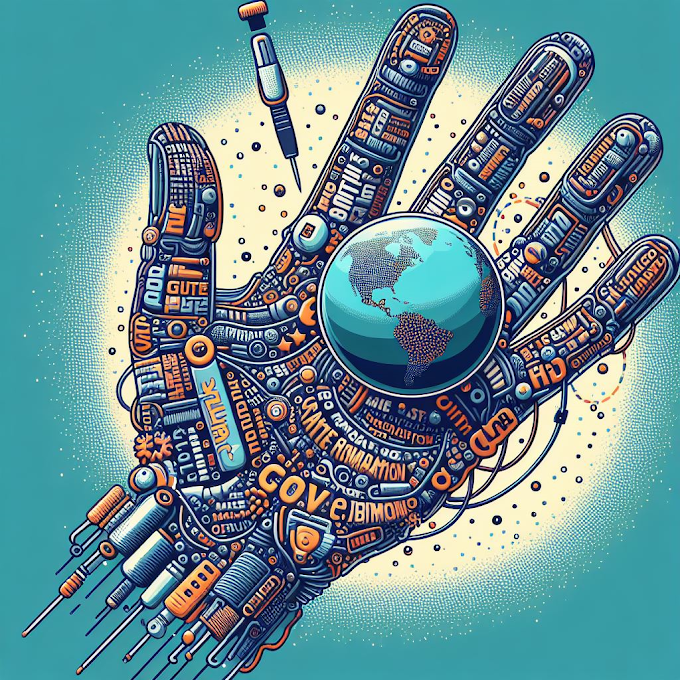Introduction:
Generative Artificial Intelligence, often referred to simply as Generative AI, is a fascinating class of models that holds the power to create diverse and innovative content based on user input. From generating vivid images and composing music to crafting jokes and summarizing articles, the capabilities of generative AI are boundless. In this blog, we will delve into the realm of Generative AI, exploring its versatility and potential across various domains.
Versatility in Outputs:
Generative AI exhibits its prowess across a spectrum of outputs, seamlessly crafting content in the form of text, images, audio, and video. The magic lies in its ability to not only generate individual elements but also combine them to produce rich, multi-modal outputs. Let's take a closer look at some of the ways generative models can operate:
1. Text-to-Text:
Generative models excel in transforming one piece of text into another, opening doors to applications like language translation, text summarization, and even creative writing assistance.
2. Text-to-Image:
The capability to translate textual descriptions into visual representations is a hallmark of generative AI. This can be particularly useful in fields like graphic design and conceptualizing ideas.
3. Text-to-Video:
By converting textual input into dynamic video content, generative AI enables the creation of engaging multimedia presentations and storytelling.
4. Text-to-Code:
Generative models can assist in coding tasks by translating natural language descriptions into executable code. This has significant implications for simplifying programming and enhancing collaboration among developers.
5. Text-to-Speech:
Transforming written words into spoken language, generative AI in the text-to-speech domain finds applications in virtual assistants, audiobook narration, and accessibility features.
6. Image and Text-to-Image:
The ability to generate images based on a combination of textual and visual input is a powerful tool in creative endeavors and content creation, fostering a new dimension of artistic expression.
Applications and Implications:
The applications of generative AI are vast and span across numerous industries. From automating creative processes to enhancing productivity in coding and content creation, the impact of these models is increasingly felt. Let's explore a few key areas where generative AI is making waves:
1. Content Creation:
Generative AI is revolutionizing the way content is produced, allowing creators to ideate and bring their visions to life with the assistance of AI-generated elements.
2. Design and Creativity:
In fields like graphic design and creative arts, generative AI serves as a valuable tool for generating inspiration, experimenting with novel concepts, and pushing the boundaries of traditional creativity.
3. Automation in Coding:
The text-to-code capabilities of generative models streamline the coding process, offering developers assistance in writing, debugging, and optimizing code.
4. Personalization and Assistance:
Generative AI is instrumental in creating personalized content, from tailored recommendations to customizing user interfaces based on individual preferences.
Ethical Considerations:
While the capabilities of generative AI are awe-inspiring, they also raise important ethical considerations. Issues such as bias in training data, responsible use of AI-generated content, and potential misuse of the technology demand careful attention from developers, policymakers, and society as a whole.
Conclusion:
Generative AI stands at the forefront of technological innovation, offering a glimpse into a future where machines contribute actively to the creative process. As we navigate this exciting landscape, it's crucial to embrace the potential of generative models while remaining vigilant about the ethical implications and societal impact. The journey into the world of Generative AI is marked by creativity, challenges, and the promise of a future where human-machine collaboration unlocks new realms of possibility.







